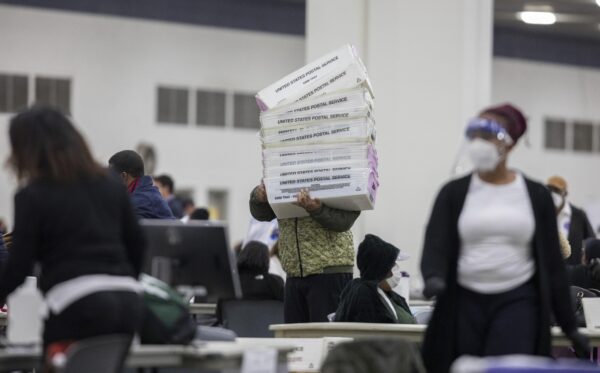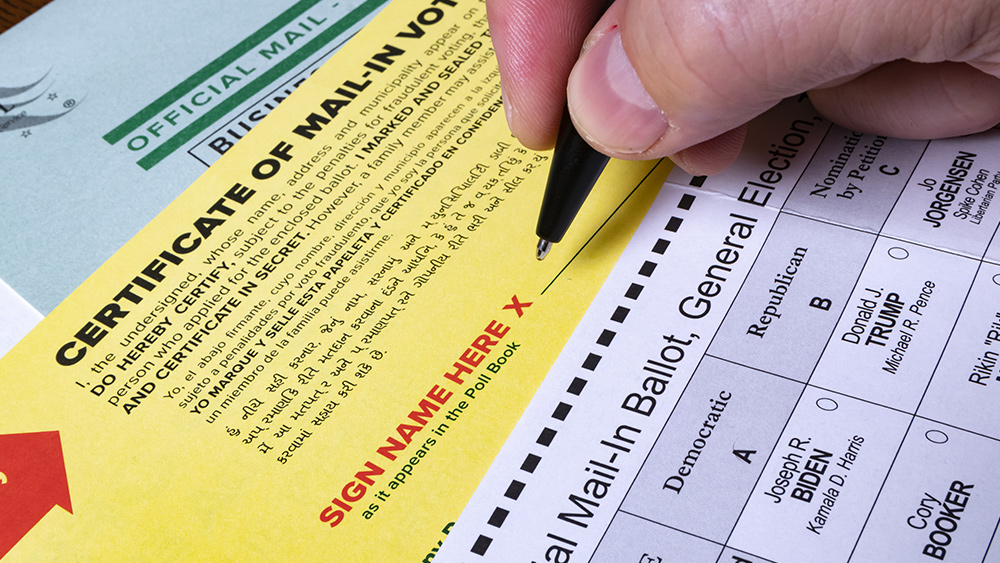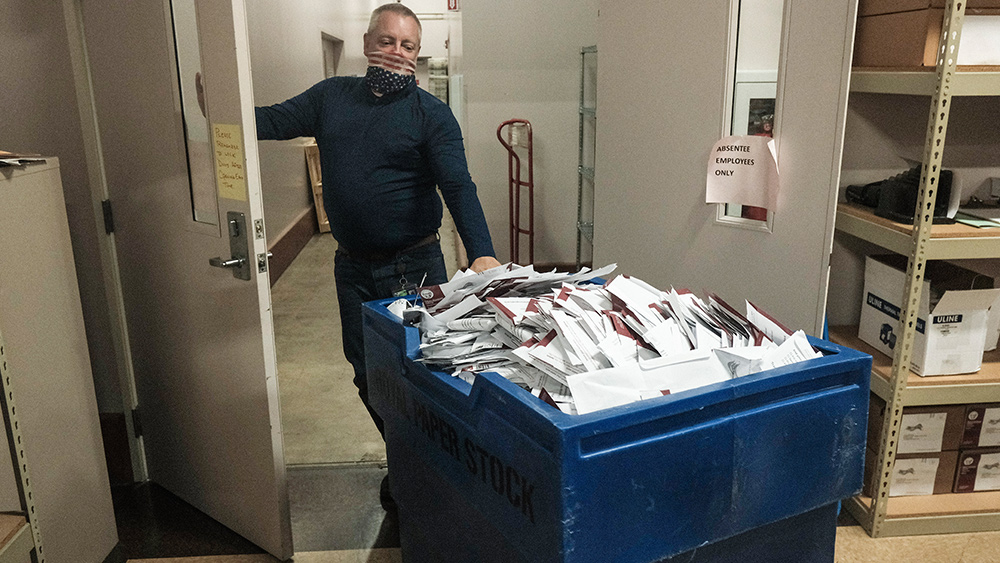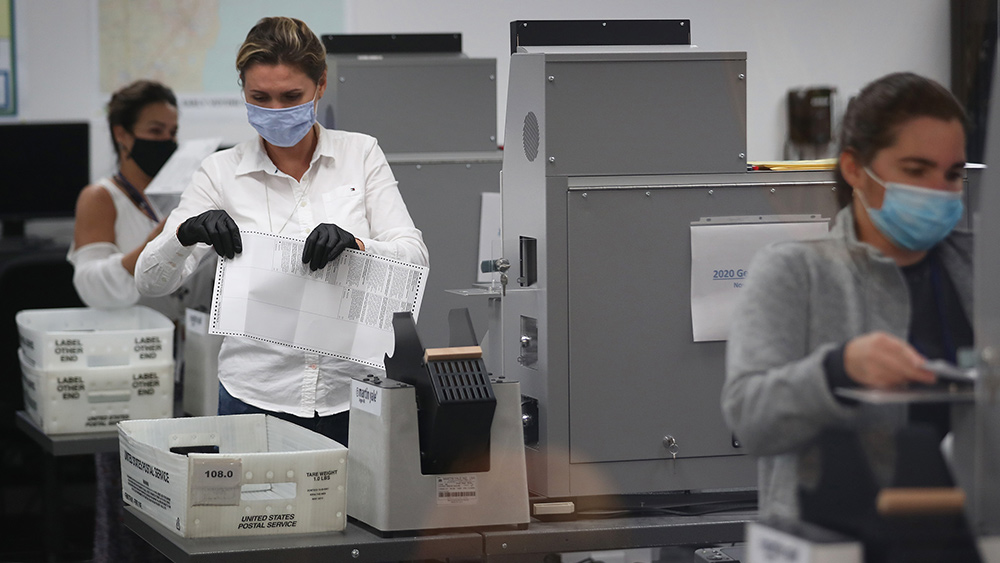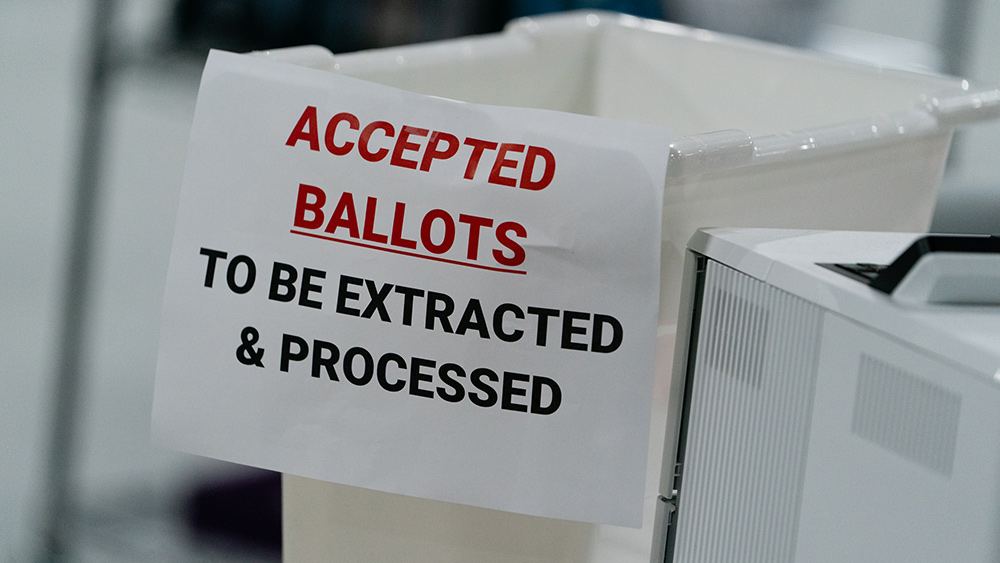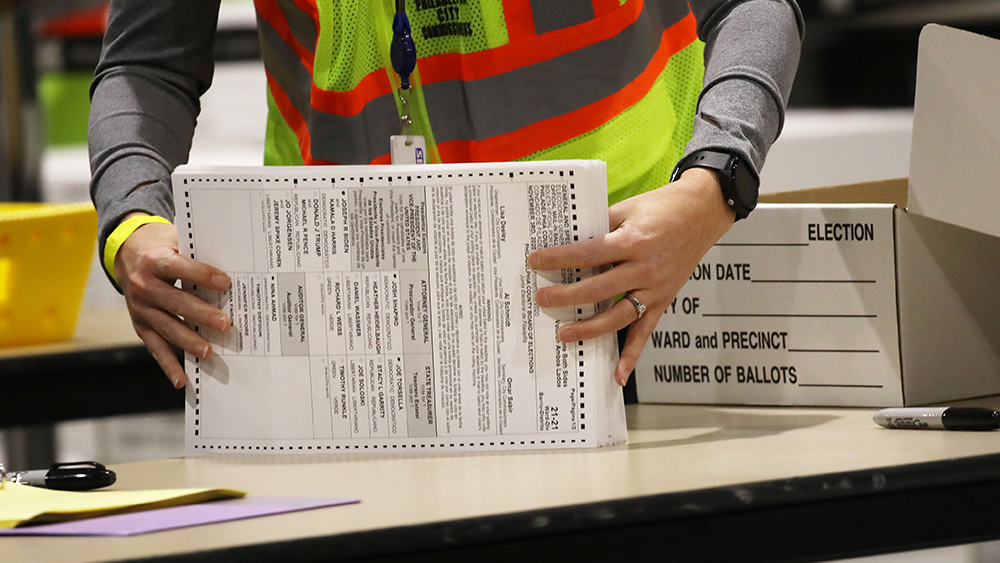Germany’s reopening set back after surge in new coronavirus cases
05/10/2020 / By Franz Walker
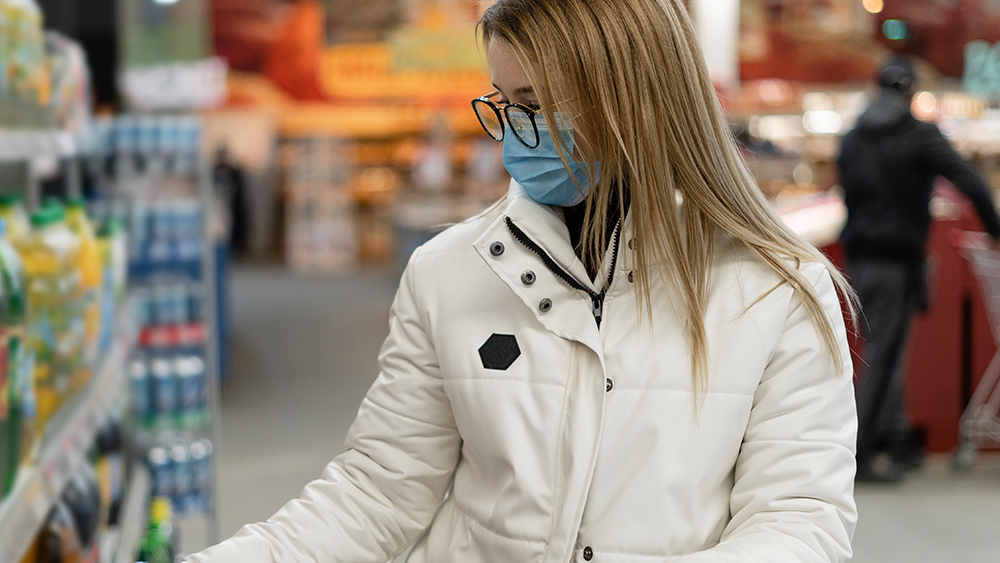
On Friday, local authorities in Germany said that they would reimpose lockdown measures after seeing new clusters of coronavirus (COVID-19) infections around the country. The new lockdowns come just days after Chancellor Angela Merkel announced a gradual reopening of the country.
The reimposition of lockdown restrictions marks the country’s first setback since Merkel announced on Wednesday that Germany’s slowing infection rate and relatively low mortality rate meant that the country could cautiously return to normal.
Germany’s reopening plan
Germany has reported more than 170,000 cases, according to data gathered by Johns Hopkins University, as of press time. However, its death rate has been lower than that of similarly hit countries, with around 7,000 deaths reported. This led the country’s leaders to believe that they could slowly begin to lift restrictions.
“We have a very, very good development of the figures for new infections, and that makes it possible for us to take further steps,” said Merkel when she announced the country’s gradual reopening.
Germany’s leadership had been faced with mounting pressure from businesses demanding a return to normality. However, Merkel made it clear that there would be conditions attached to the latest decision, and that both officials and citizens alike will need to act responsibly.
“We must take care that things don’t slip out of our hands, and I have a good feeling because we agreed on this emergency mechanism today,” she said. “We are not just saying what we are opening, but also that if something happens locally we won’t wait until it has spread through the whole republic.”
State authorities have the final say
Under Germany’s federal system, state authorities are responsible for loosening or reimposing lockdown measures. This has led to significant variations in how restrictions have been implemented, with some states being stricter than others.
With the new reopening plan, regional authorities agreed to reimpose measures for any county that reports 50 new cases for every 100,000 people within a week. Those restrictions can be applied either to a facility – such as a nursing home or factory – if the outbreak is concentrated there, or to a whole area.
The aim, according to Merkel, is to avoid having to reimpose a nationwide shutdown.
Clusters of cases in German states
In North Rhine-Westphalia, Germany’s most populous state, the regional government said that there had been an increase in cases at a slaughterhouse in the district of Coesfeld. A total of 150 among the facility’s 1,200 employees tested positive for the virus. According to local officials, the outbreak meant that the district would have to delay the state’s planned May 11 reopening of restaurants, tourist spots, fitness clubs and larger shops by one week. Citizens would also have to continue social distancing. (Related: Almost 900 workers test positive for coronavirus at Tyson’s meatpacking plant in Indiana.)
Karl-Josef Laumann, North Rhine-Westphalia’s health minister, confirmed that the threshold for reimposing restrictions had been breached in Coesfeld. He stated that the slaughterhouse cluster pushed the infection rate up to 61 infections per 100,000 residents.
Laumann has since ordered the temporary closure of the slaughterhouse and said that employees at all of the state’s meat processing plants would now undergo testing for COVID-19.
The northern state of Schleswig-Holstein also saw a similar slaughterhouse outbreak of the coronavirus. This outbreak pushed the district of Steinburg over the threshold. However, it was not immediately clear what action local authorities would take.
Meanwhile, the eastern state of Thuringia recorded more than 80 infections per 100,000 people in the district of Griez over the past week. The cases centered mainly around residents and employees of six care homes and a geriatrics hospital.
The Thuringian government will be holding crisis talks early next week to figure out how to proceed with the planned loosening of stay-at-home measures in the hotspot.
“To be clear: We’re not going to put the entire district in quarantine,” said Martina Schweinsburg, Greiz’s chief administrator. She further stressed that just two small towns were particularly affected.
Sources include:
Submit a correction >>
Tagged Under:
coronavirus, covid-19, economy, EU, flu, Germany, government, infections, lockdown, lockdowns, outbreak, pandemic, quarantine, second wave, superbugs, virus
This article may contain statements that reflect the opinion of the author
RECENT NEWS & ARTICLES
Trump.News is a fact-based public education website published by Trump News Features, LLC.
All content copyright © 2018 by Trump News Features, LLC.
Contact Us with Tips or Corrections
All trademarks, registered trademarks and servicemarks mentioned on this site are the property of their respective owners.





